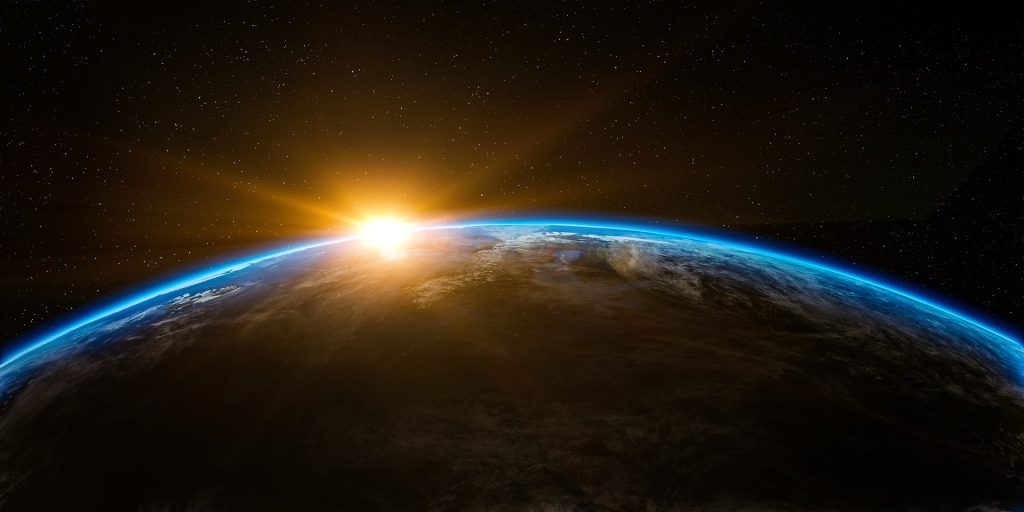
Something is wrong with the Sun! It seems that the Sun has lost 1500 times the mass of the Earth, and no one quite knows why! There is a hole in our knowledge of the Sun, and we don’t know what fills it. This is an important problem not just because the Sun is the source of our heat, and ultimately life on Earth, but it is in fact what we base most of our understanding of stars on. If we have the Sun wrong, then we’ve probably got every other star in the night sky wrong too!
It is thought that our Sun is mainly comprised of light elements such as hydrogen and helium, which are the source of our star’s nuclear fusion (the bringing together of two light nuclei to make heavy nuclei). However, along with these two light elements are some heavier elements such as carbon, nitrogen and iron, which came from the explosive deaths of other near-by large stars. The heavier elements are few and far between inside the dense plasma of the Sun, and make up approximately 2% of the Sun’s mass. Despite their scarcity they play a very important role in conducting the heat from the centre of the Earth to the surface.
25% of the heavy elements that had been predicted, and ‘observed’ were simply not there! The Sun seemed to have shed 1500 Earths in one scientific paper.
The problem of missing mass first came about during the 1990s in Copenhagen, when Martin Asplund, now at the Australian National University, noticed that there was a big simplification in the modelling of the Sun’s surface. Astrophysicists at the time had been using one-dimensional models of the surface of the Sun, but like most things in the Universe the solar surface is in fact three-dimensional. Not only that, these models seem to leave out the presence of heavy elements. Asplund thought this could be significant, and so devised a model that represented the Sun’s surface in three-dimensions. This is where the fun began.
In 2009, Asplund released his findings, and they were not what anyone expected. 25% of the heavy elements that had been predicted, and ‘observed’ were simply not there! The Sun seemed to have shed 1500 Earths in one scientific paper. These outcomes conflicted with well established methods of solar observation such as helioseismology (the study of seismic waves on the surface of the Sun). It suggested the outer layer of the Sun was thinner than it looks and that sound travelled through it at a different speed!
Hoping to resolve the issue, earlier this year an investigation into the contents of the Solar Wind was performed, and they found evidence supporting helioseismology. However this evidence can not solve the problem, because the proportions of the elements found disagree with all other observations. The hole would be filled, but in contradiction to all other evidence. Someone is wrong, but finding out who is wrong could be hard! Our best bet is neutrinos from the centre of the Sun, specifically those produced by the heavy elements, so called CNO neutrinos. However these neutrinos are very hard to distinguish, and it is the aim of experiments such as SNO+ in Canada to find these illusive particles!
Until now, there has been no direct evidence of anything that can fill the hole in our knowledge, but theories are popping up from all over the place trying to explain it! Could it be that at the centre of our closest star there is a huge mass of dark matter? Perhaps the hole could open paths into the realms of dark energy! Could it be the answer to how to perform nuclear fusion, and solve our energy needs, who knows? But what we do know is that we don’t know the Sun quite as well as we thought we did, despite seeing it everyday.
